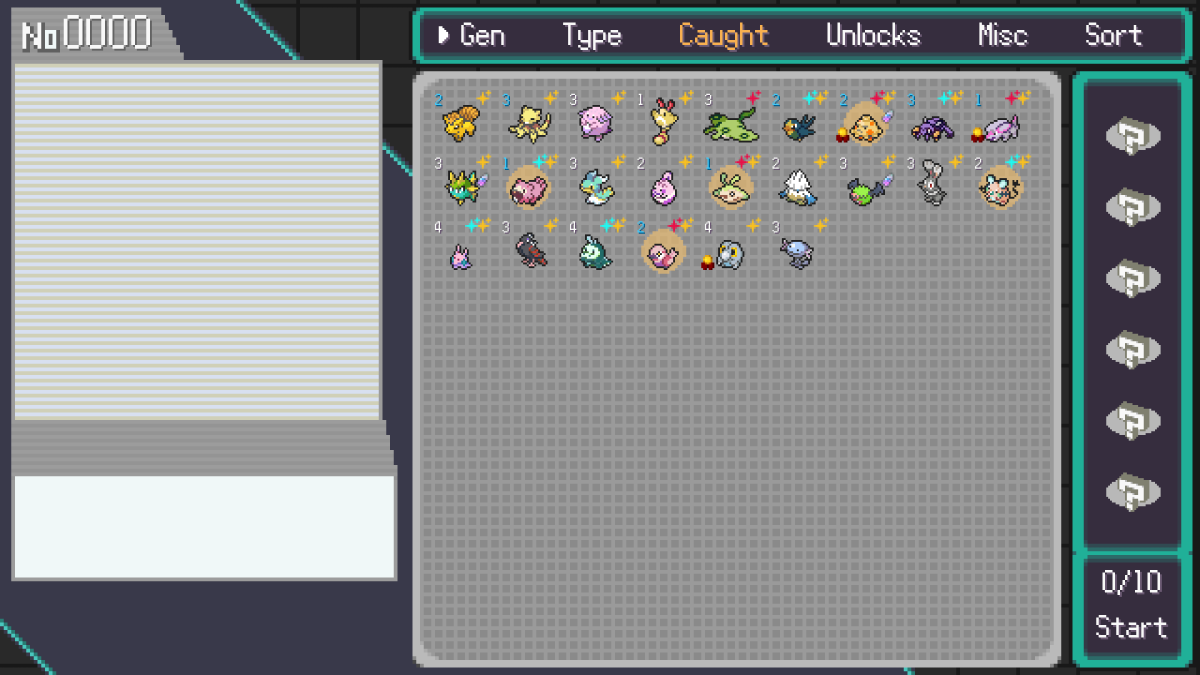I’m currently reading The Autobiography of Mark Twain: Volume 1. And let me tell you, it is wonderful.
It’s essentially a collection of anecdotes, aphorisms and comments on American politics and foreign policy. And yet when Twain is decrying Wall Street moguls or American military actions overseas it comes across as remarkably contemporary, despite having been written 100 years ago.
Twain dictated the entirety of his three-volume autobiography in order to give it a more personal, laid-back and open feel. This also helps Twain to be frank about his opinions, which is part of the reason he ordered his autobiography to not be published until 100 years after his death. He wasn’t sure how the public would react and, in fact, thought it would damage his reputation.
That seems almost humorous now, considering that Twain is consistently one of the most challenged authors in America. His
Even his autobiography has been previously published in bowdlerized versions. The one that was just recently released is the official unabridged edition.
In a recent New York Times opinion piece, Lorrie Moore suggested that Finn be taught in universities instead of high schools because of the repeated use of the n-word. NewSouth Books announced it will publish a censored version of the book with all the instances of the n-word either removed or replaced with something
considered less vulgar.
Now, while I can understand where their argument is coming from, and NewSouth claims their action is to prevent the pre-emptive censorship of dropping Finn from curricula, Twain wrote the book that way for a reason. It’s a classic for a reason. When taught with the correct context, the reasons behind the use of the word become clear,
even to high school students.
The same is true for other books common to high school literature classes, including Harper Lee’s To Kill a Mockingbird.
Mockingbird was absolutely my favorite book I had to read in high school, in part because of the way it was taught, but also because it was moving in a way that made the message so very clear. Yes, these books are very much of a certain age and do contain broadly written, stereotypical characters, but they are also anti-slavery and anti-racism, a fact that would become clear to the people doing the challenging if they would bother to read beyond the occasional violence and profanity.
Another book that has been frequently challenged or banned is, ironically, Ray Bradbury’s Fahrenheit 451. When the most famous anti-censorship book ever written is landing near the top of censorship lists, it’s time to take a step back and gain some perspective on the issue.
Perhaps instead of simply removing the books (which, really, would just end up making kids more interested, wouldn’t it?), parents and teachers should start kids’ so-called “literary lives” earlier. Give them the benefit of the doubt. More often than not, they’ll take away a positive message from a book that occasionally has some not-so-positive aspects. It’s better to help them along that path than to remove them from it completely in the hopes that they’ll stay young and innocent forever.
And after all this, we’re back to Twain’s funny, sometimes rambling, sometimes graphic early-20th-century version of a blog. I can’t help but wonder if these censorship fanatics might even come after the last of Mark Twain, a man who could turn simple conversation into literature.






